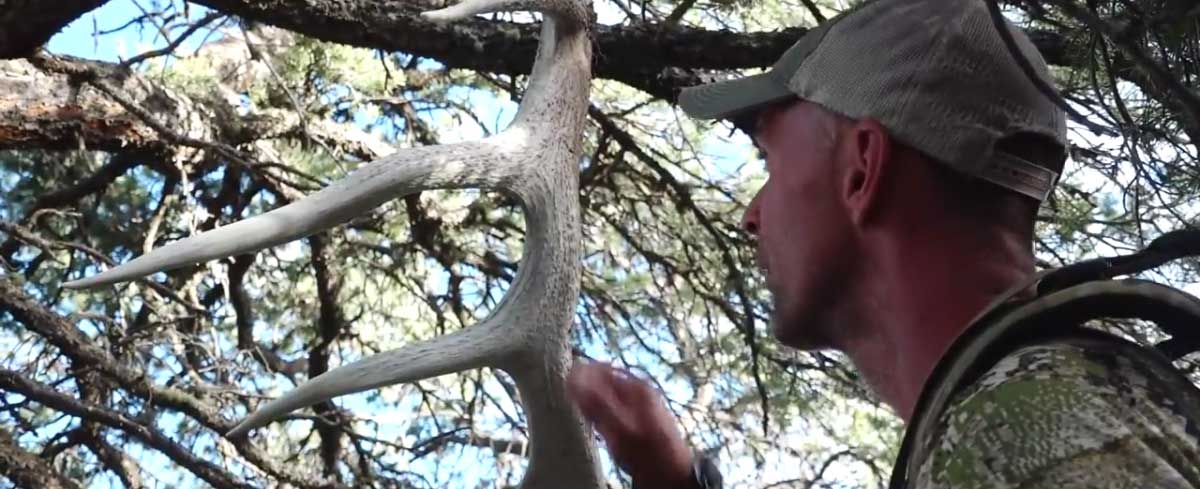If you’re a shed hunter, you must not only outwit your human competition, but your furry counterparts as well. When elk shed their antlers in late winter, forest creatures large and small race to freshly dropped antlers in search of valuable minerals. Rodents like mice, squirrels and porcupines are the most common culprits, but biologists have observed wolves, coyotes and even bears chewing on sheds.
Antlers turn out to be a sort of multivitamin, providing mainly calcium, which accounts for about 20 percent of an antler’s make-up. But a University of Georgia study identified 11 different minerals in antlers, including phosphorous at 10 percent, magnesium at 1 percent and smaller amounts of sodium, potassium, barium, iron, aluminum, zinc, strontium and manganese.
Antlers also provide a moveable feast while still attached. Elk and other deer species sometimes ingest parasites that, after incubating in the intestinal tract, can make their way through the bloodstream to growing antlers still in velvet. Nestled beneath the live tissue, these larvae mature, sometime causing dimples and lumps in the bone surface. They then bore outward and fly off, leaving holes in the hardened antlers.
Elk NetworkWhat eats elk antlers and why?
General | February 19, 2018

Latest Content
Rugged & American-Made: Fab Fours Ranch Bumpers
Fab Fours has built a solid reputation in the truck and off-road world for creating durable, high-quality bumpers that combine strength, style, and functionality. Their [...]
Help the “Bridge to Nowhere” Take Wildlife to Safety
A rather nondescript structure of concrete and steel that sits above a major highway in the Northern Rockies is about to take on a new [...]
Kimber’s Mountain Ascent – The Legacy Continues
One of the cornerstones of Kimber’s success in the hunting rifle market is its commitment to accuracy. Kimber rifles are built with match-grade barrels and [...]